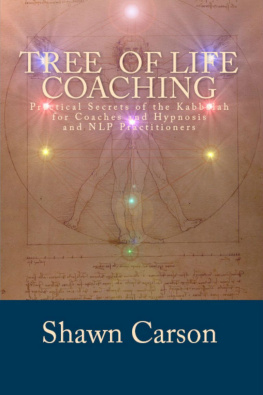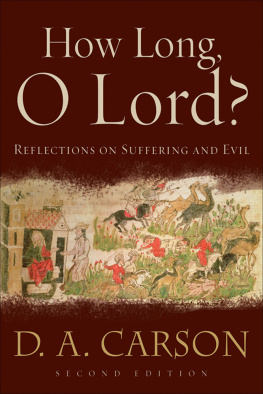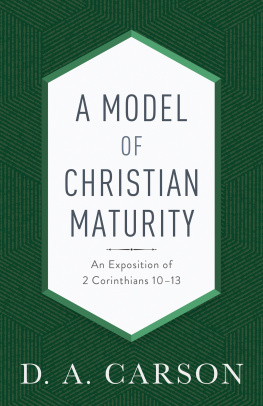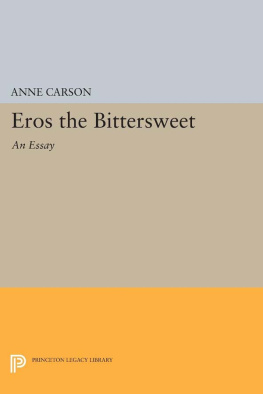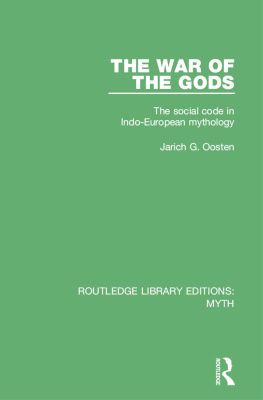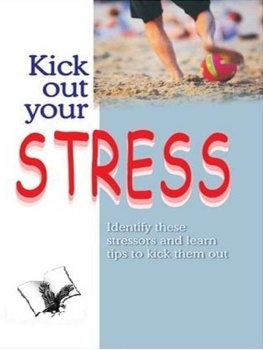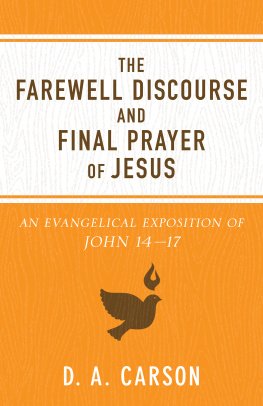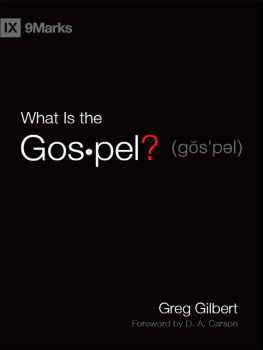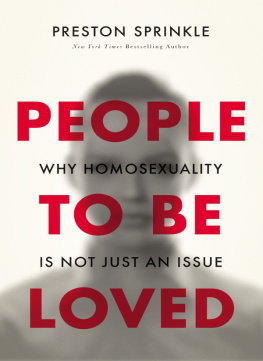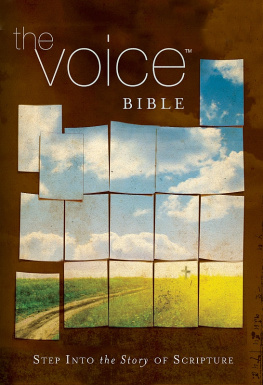Title Page
Copyright Page
2010 by D. A. Carson
Published by Baker Books
a division of Baker Publishing Group
P.O. Box 6287, Grand Rapids, MI 49516-6287
www.bakerbooks.com
Ebook edition created 2010
Ebook corrections 12.19.2017
All rights reserved. No part of this publication may be reproduced, stored in a retrieval system, or transmitted in any form or by any meansfor example, electronic, photocopy, recordingwithout the prior written permission of the publisher. The only exception is brief quotations in printed reviews.
Library of Congress Cataloging-in-Publication Data is on file at the Library of Congress, Washington, DC.
ISBN 978-1-4412-1385-3
Unless otherwise indicated, Scripture is taken from the Holy Bible, Todays New International Version. TNIV. Copyright 2001, 2005 by Biblica, Inc. Used by permission of Zondervan. All rights reserved worldwide. www.zondervan.com
Scripture quotations identified ESV are from The Holy Bible, English Standard Version (ESV), copyright 2001 by Crossway, a publishing ministry of Good News Publishers. Used by permission. All rights reserved. ESV Text Edition: 2011
Scripture marked NIV is taken from the Holy Bible, New International Version. NIV. Copyright 1973, 1978, 1984 by Biblica, Inc. Used by permission of Zondervan. All rights reserved worldwide. www.zondervan.com
Dedication
For Ben and Lynae Peays
Contents
I f you know nothing at all about what the Bible says, the book you are now holding in your hands is for you.
If you have recently become interested in God or the Bible or Jesus but quite frankly you find the mass of material rather daunting and do not know where to begin, this book is for you.
If you have been attending a Christian church for many years in an indifferent fashionits a nice extracurricular activity now and thenbut have recently come to the conclusion you really ought to understand more than you do, this book is for you.
If you have quite a few of the pieces of the Bible stored in your mind but have no idea how the exodus relates to the exile or why the New Testament is called the New Testament, this book is for you.
If in your experience the Bible has lots of data but you do not see how it conveys God to you or introduces Jesus in a fashion that is utterly humbling and transforming, this book is for you.
This book is not for everyone. The person who does not want more than a bumper sticker introduction to Christianity may find this book a bit much. What I have tried to do here is run through the Bible in fourteen chapters. Each chapter focuses on one or more passages from the Bible, unpacks it a little, and tries to build connections with the context, drawing the lines together to show how they converge in Jesus. By and large I have assumed very little prior acquaintance with the Bible. What I do assume, however, is that a reader will get hold of a Bible and have it near at hand. In the first chapter I will tell you how to find your way around in a Bible.
I have presented the material in these chapters as talks in various places. Most recently, however, I gave them as a series spread over two weekends in the Twin Cities. The series was videorecorded and is available on DVD. Each individual talk can also be downloaded as a free video file from thegospelcoalition.org. The video series fairly closely parallels the chapters of this book. In addition, The God Who Is There Leaders Guide (also published by Baker) corresponds to this book and to the video series for those who want to organize a small group discussion of the material and find additional resources.
My warm thanks to those who have helped bring this series together. The list of names could be surprisingly long, but Ill especially mention Lucas Naugle and his video crew for their competence and professionalism, the various staff members at Desiring God Ministries for organizing the talks in the Twin Cities, Andy Naselli for the initial transcription, and Ben Peays, the executive director of The Gospel Coalition, for tirelessly working out details. I am especially thankful for those who have listened to parts of this material on earlier occasions and asked probing and intelligent questions that forced me to be a little clearer than I would otherwise have been.
I must tell you right away that I do not pretend to be a neutral bystander, coolly weighing what some will think of as the pros and cons of the Christian faith. I will try to be as careful as I can in handling the Bible, but I must tell you I am a Christian. What I have found of God in Jesus Christ is so wonderful, I am eager for others to know it tooand to know him.
Since in this book I try to explain things instead of taking them for granted, Ill begin with a small explanation right now. For years I have usually placed after my name, in the prefaces of the books I have written, the Latin phrase Soli Deo gloria, and I am about to use it again. The phrase means Glory to God alone or To God alone be glory. It was one of five phrases developed about five hundred years ago to summarize a great deal of Christian truthin this case the truth that everything that is done should be done for Gods praise, to the exclusion of human self-glorification and pomposity. The great composer Johann Sebastian Bach appended the initials of the phrase, SDG, to the musical manuscripts of each of his cantatas; it was similarly used by his contemporary George Frideric Handel (best known for what we commonly call Handels Messiah). It is a small acknowledgment of something found in the very Bible that we are about to read, in 1 Corinthians 10:31: So whether you eat or drink or whatever you do, do it all for the glory of God. And if you do not know what 1 Corinthians means, read on!
Don Carson
Soli Deo gloria
The God Who Made Everything
B efore plunging into the first passage of the Bible, it might be helpful if I tell you where we are going in this series.
There was a time in the Western world when many people had read the Bible reasonably thoroughly and therefore knew how it was put together. Even those who were atheists were, shall I say, Christian atheists. That is to say, the God they disbelieved in was the God of the Bible. Their understanding of the God whom they found unbelievable was in some measure shaped by their reading of the Bible. But today, of course, a rising number of people really do not know how the Bible works at all. They have never read it, or at least have never read it closely. So the first place to begin in trying to understand what Christianity is, and who Jesus is, is to start again to read the Bible.
There are many ways by which we could introduce Christianity. We could, for example, do a brief survey of the history of the Christian church. Or we might start analyzing what Christians in various parts of the world believe. But the best way to get at it is to examine Christianitys foundation documents. There are sixty-six of them. They vary in length from one page to small books. They were written over a period of 1500 years in three languages. The biggest part was written in Hebrew; a very tiny part was written in a language like Hebrew called Aramaic; and the last part was written in Greek. So all of our Bibles todaythe Bibles that we hold in our hands and pick up and read and treasureare translations of what was originally given in these languages.
These sixty-six foundation documents are highly diverse in form and literary genre: some are letters; some are oracles from God; some are written in poetry; some are laments; some contain genealogies; some reflect intense mental and spiritual wrestling as believers try to understand what on earth God is doing; some are written in a genre that we just do not use anymore called apocalyptic, which uses astonishing symbolism that is visually striking. Moreover, these sixty-six documents, often called the books of the Bible, are surprisingly varied in terms of accessibility: some parts you can read very easily, while other parts are full of archaic symbolism, symbolism that has to be explained because it belongs to a time and place very different from our own.



